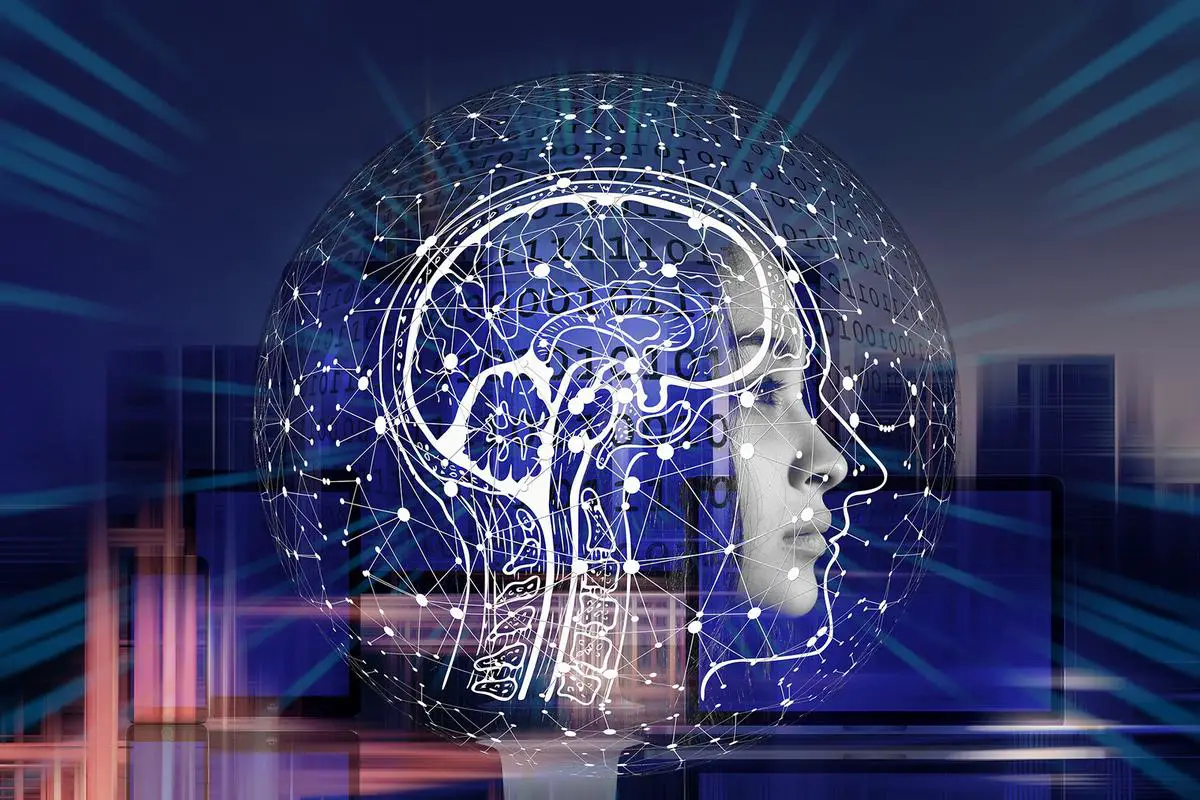AI-Powered Data Analytics Tools
Alteryx is an AI analytics platform combining simplicity and power. It functions as a no-code workshop where users can assemble insights from large datasets. Its AI studio enables the creation of business-specific apps. Users can explore data using natural language, with Alteryx generating insights. The Workflow Summary Tool translates complex processes into plain language.
ThoughtSpot’s Spotter acts like a personal data analyst, available 24/7. Users can ask questions about their data and receive instant, sensible answers. ThoughtSpot emphasizes speed, accuracy, and self-service, allowing users to transform raw data into valuable insights.
Microsoft’s Power BI, integrated with Co-Pilot technology, narrates data pulled from various sources. It handles large datasets smoothly, helping users find insights without getting lost in numbers.
These tools transform spreadsheets into insightful dashboards, making data analysis more accessible and efficient for businesses.
Generative AI and Its Role in Data Analysis
Generative AI is transforming data analysis by interpreting complex datasets into clear insights. Tools like Tableau and Qlik incorporate AI models to make data more accessible.
Tableau’s Pulse feature uses Salesforce’s Einstein models to convert detailed data into user-friendly narratives. This allows users to explore data deeply, regardless of technical expertise.
Qlik uses generative AI to process unstructured data into digestible reports. Its Qlik Answers assistant enables natural language interaction with data, emphasizing transparency and credible sourcing.
These advancements democratize data analysis, making it accessible to a wider range of users and enabling more data-driven decision-making across organizations.

AI in Learning and Education Analytics
AI is reshaping education by enhancing student engagement tracking and assessment. It can grade open-ended assignments efficiently, allowing for more complex questions that test creativity and critical thinking.
In learning analytics, AI helps interpret student interaction data, providing clear metrics and early warning signs of disengagement. Large language models can categorize discussion posts, reducing the workload for human analysts.
However, the integration of AI in education raises questions about algorithmic fairness and transparency. There’s a need to ensure these tools align with equitable educational practices and don’t perpetuate existing biases.
AI in learning analytics aims to provide quicker, more efficient data processing, potentially leading to more individualized learning experiences and improved curriculum assessment methods.
Also read: How to Become a Gen AI Engineer in 2025
Challenges and Considerations of AI Analytics
AI analytics tools face several challenges, primarily concerning bias and transparency. Algorithmic bias can inadvertently perpetuate societal disparities, particularly in fields like education and healthcare. Developers must rigorously test their algorithms to ensure impartial predictions and insights.
Transparency is crucial for building trust in AI-driven decisions. Users need to understand how AI reaches its conclusions, which requires clear explanations of the processes involved.
Governance plays a key role in the ethical deployment of AI analytics. Frameworks should oversee responsible use, ensuring data is collected, stored, and analyzed in compliance with ethical standards. These frameworks must promote fairness, accountability, and inclusivity.
Balancing technological innovation with ethical responsibility is essential to ensure AI analytics augments human capabilities without compromising equity or integrity.

AI analytics tools are reshaping industries by transforming complex data into accessible insights. As these technologies advance, balancing innovation with ethical responsibility is crucial to truly enhance human capabilities without compromising fairness or integrity.


